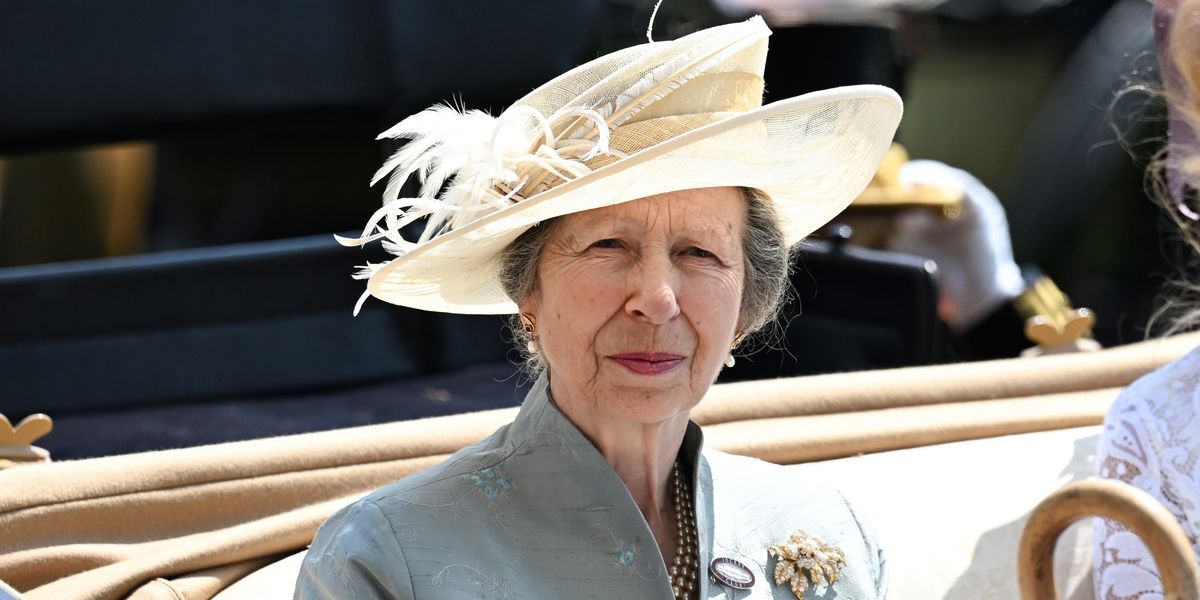Britons are paying £400 more per month in rent compared to five years ago as the UK’s property crisis continues, according to shocking new research.
Properties outside the capital now command an average of £1,365 per month, while London renters confront even steeper costs at £2,712 monthly, based on Rightmove’s analysis of second-quarter data.
These figures represent new peaks for both regions, though the pace of increase has notably decelerated. Properties beyond London show a 3.9 per cent annual rise, marking the smallest yearly growth since 2020.
The capital experienced an even more modest 1.9 per cent annual increase in advertised rents. As such, new tenants now pay over £400 more monthly than they would have in 2020, highlighting the dramatic shift in housing affordability over the past five years.
Annual growth rates have dropped to their weakest point in nearly five years, signalling a potential turning point in the sector’s trajectory.
This deceleration coincides with shifting market fundamentals. Properties now require an average of 25 days to secure tenants, compared to 21 days last year and just 18 days in 2022.
Nearly a quarter of rental listings undergo price reductions whilst advertised – the highest proportion Rightmove has documented since 2017.
The balance between available properties and tenant demand has improved considerably. Rental stock has increased by 15 per cent year-on-year, though remains 29 per cent below 2019 levels.
Meanwhile, tenant demand has decreased by 10 per cent compared to twelve months ago. Critics note that the rental sector’s dynamics have undergone substantial transformation, with supply and demand approaching more balanced territory for the first time since 2020.
Do you have a money story you’d like to share? Get in touch by emailing money@gbnews.uk.
Rachel Reeves has pledged to tackle the property crisis
Typical rental properties now receive approximately 11 enquiries, down from 16 last year but still exceeding the seven recorded in 2019.
Colleen Babcock, a property expert at Rightmove, said: “Despite another new record in average asking rents for tenants, the big picture is that yearly rent increases continue to slow, which is good news for tenants.
“Supply and demand is slowly rebalancing towards more normal levels, though we still have a way to go before we reach pre-2020 levels of available homes for tenants.”
The improved equilibrium reflects both expanding inventory and moderating tenant interest, suggesting the market may be entering a more sustainable phase after years of intense competition.
Industry professionals have observed fundamental changes in market behaviour throughout 2025. Alex Caddy, manager at Clarkes Estate and Letting Agency, said: “The rental market has undergone a marked shift in 2025.
“After several years of sharp rent inflation post-pandemic, tenants hit a ceiling by late 2024, leading to widespread price slowdowns.”
LATEST DEVELOPMENTS:
Britain’s property crisis is becoming an issue
He noted that whilst well-presented properties at competitive prices maintain strong appeal, the sector now contends with substantially higher rental stock availability.
Some landlords departed the market due to regulatory and financial pressures, yet many properties have returned as rental offerings amid slower sales conditions.
Andrew Ralph, managing director of lettings at LRG, said: “We’re seeing a shift in the rental market this quarter. Stock levels are up, and demand remains strong but more measured, bringing us closer to a sustainable balance. Landlords face mounting pressures that compound the market’s challenges.”
Megan Eighteen, president of property professionals’ body Arla Propertymark, said: “Many landlords within the private rental market are grappling with substantial hikes in their overall costs, including increased taxes, unfavourable mortgage rates, and ongoing regulatory challenges.”


